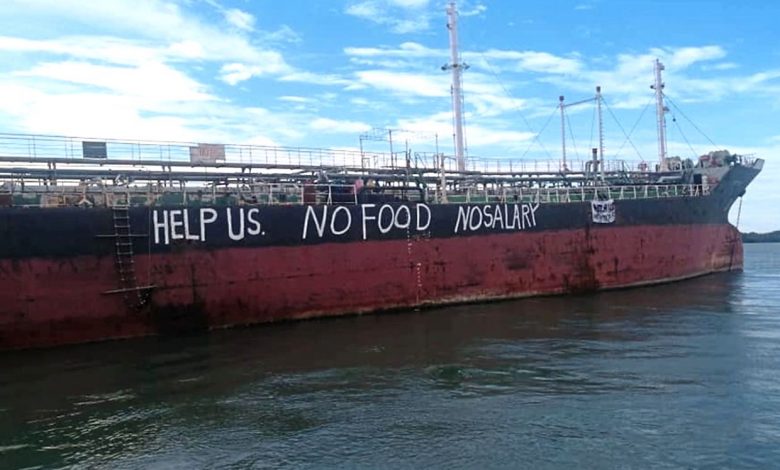[[{“value”:”

Cases of crew abandonment more than doubled last year from 2023’s record levels to set an alarming new high with experts linking the rise to the ongoing growth of the so-called shadow fleet.
According to data from the International Maritime Organization there were 310 cases of crew abandonment registered last year, up 118% over 2023’s record total of 142.
Cases of seafarers being left to rot on abandoned vessels have picked up dramatically in the 2020s, first thanks to the covid pandemic, and latterly in step with the increasing size of the dark fleet. By comparison, 2024’s figure is nearly 2,000% larger than the annual total registered a decade prior.
Last year’s total “alarmingly and very excessively” surpasses all the previous yearʹs record of reported cases, there IMO stated in a joint submission with the International Labour Organization to the IMO’s legal committee.
“The rising tide of seafarer abandonment must be stemmed. Shipping’s good deeds are overshadowed by this abuse. Fake flags, dark fleets, and turmoil create a breeding ground for exploitation. This should serve as a red flag for our entire industry, and we need a system overhaul to protect seafarers and to hold abusers to account,” Steven Jones, the founder of the Seafarers Happiness Index, told Splash last year.
Steve Trowsdale, inspectorate coordinator at the International Transport Workers’ Federation, has previously described how seafarers can be a “throw-away commodity”.
Guidelines on how to deal with seafarer abandonment were adopted by a joint ILO and IMO tripartite working group in late 2022, although the continued rise in crew abandonment cases in the intervening two years shows how intractable the problem is.
The guidelines set out procedures to be taken by states if a shipowner fails to fulfil their obligations to arrange and cover the cost of repatriation of seafarers, outstanding wages and other contracted entitlements, and the provision of essential needs, including medical care. In these circumstances seafarers are then considered abandoned. These procedures include developing, in cooperation with seafarers’ and shipowners’ organisations, national standard operating procedures (SOPs) to explicitly define the liabilities and obligations of the competent authority and the roles to be played by the various national stakeholders. These stakeholders include the relevant national seafarers’ welfare boards, shipping agencies, seafarers’ and shipowners’ organisations, seafarer welfare organisations, seafarer recruitment and placement services, and others.
The post Terrifying record number of seafarers left to rot at sea appeared first on Energy News Beat.
“}]]
Energy News Beat
